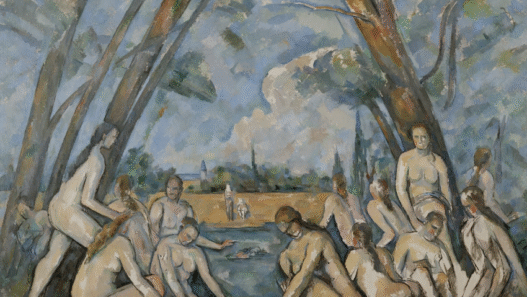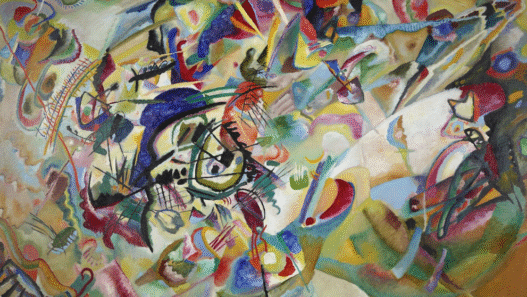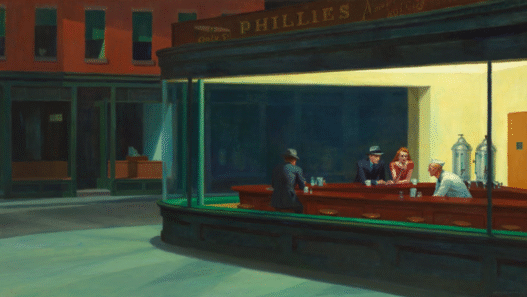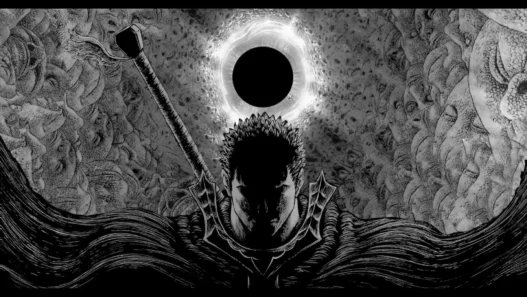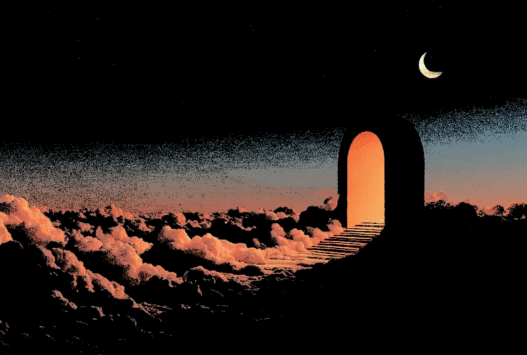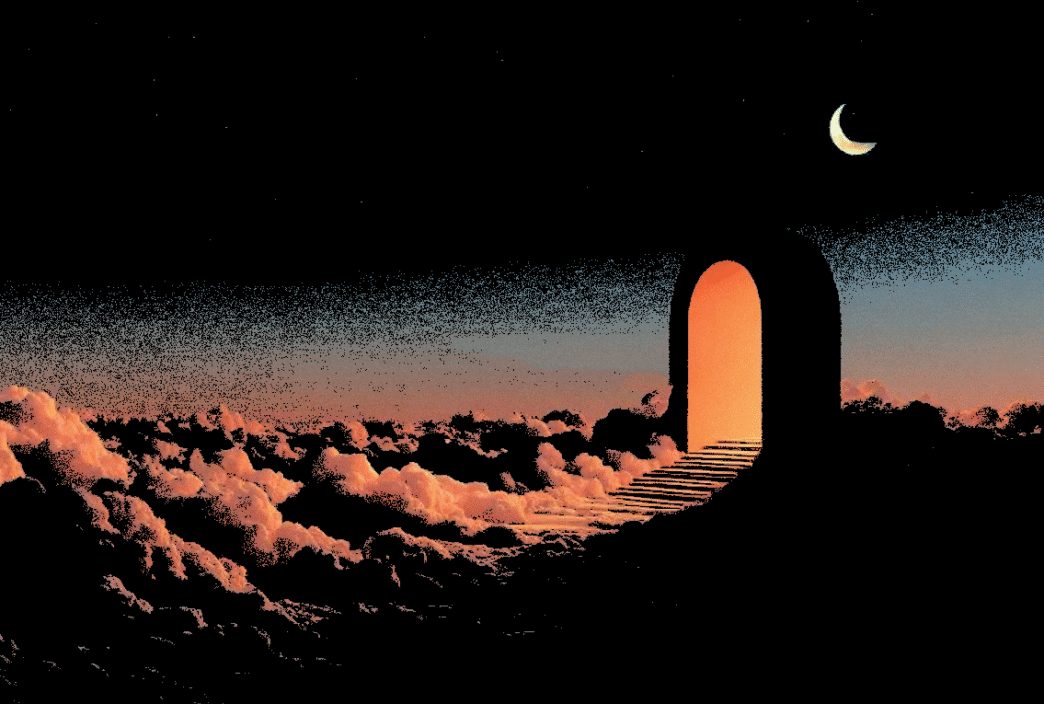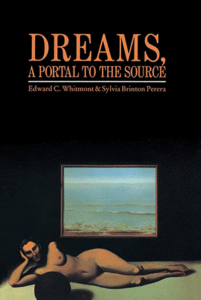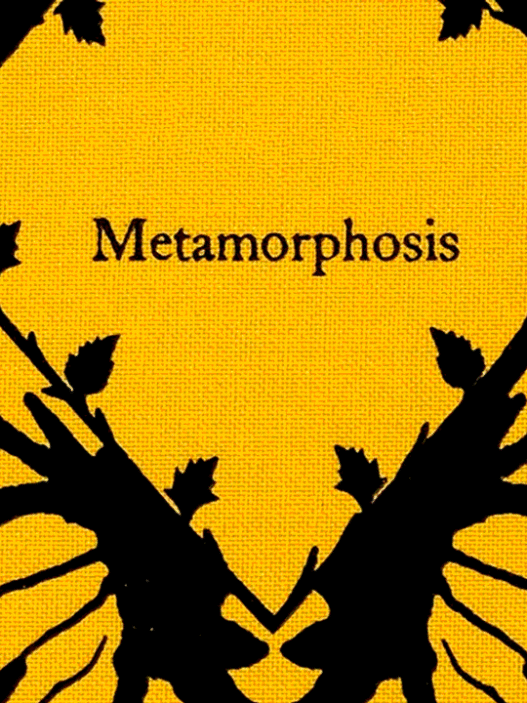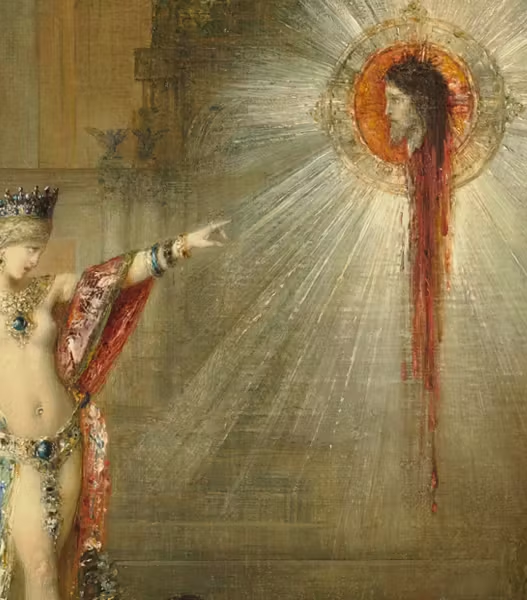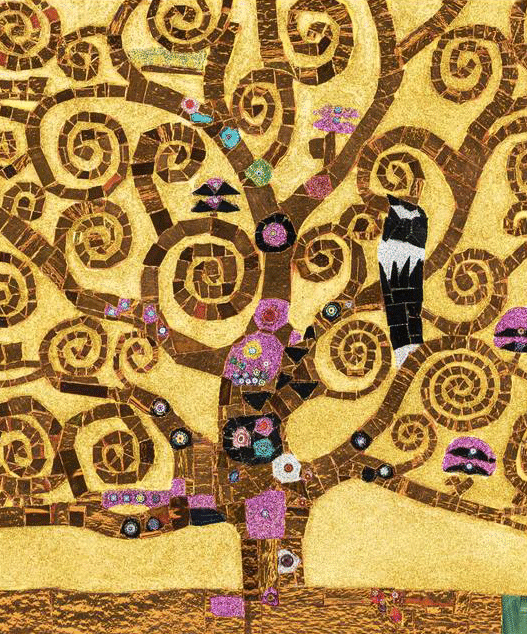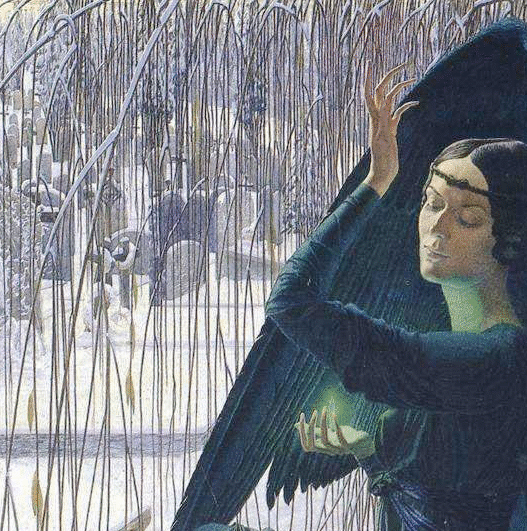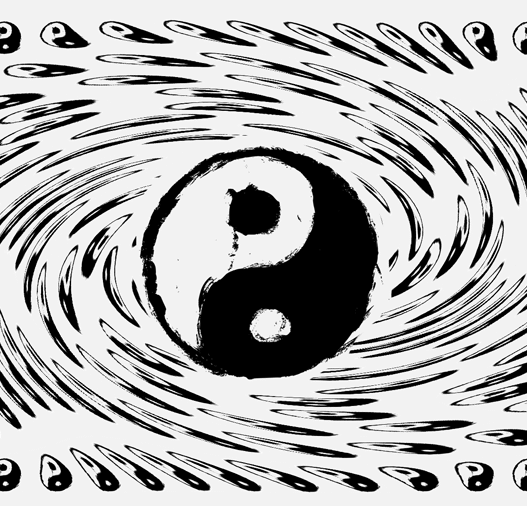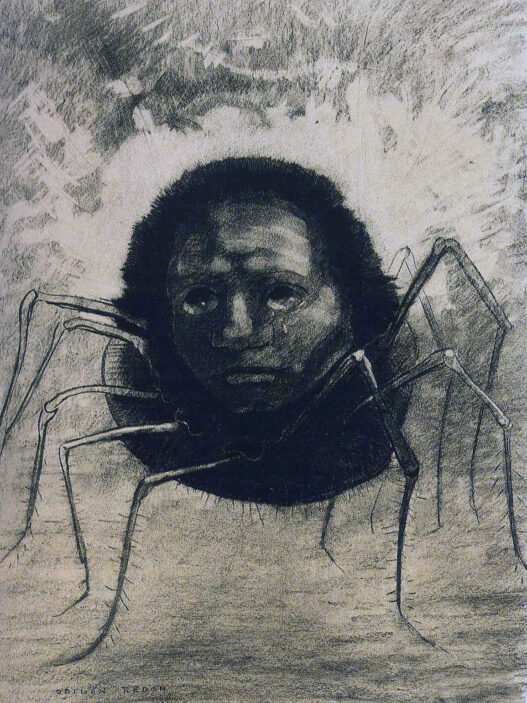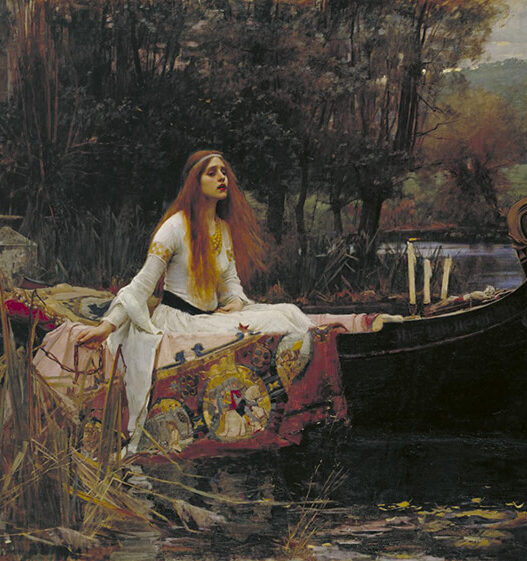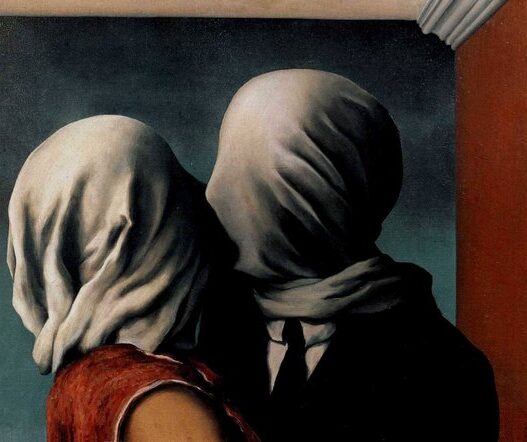Myths have served as humanity’s way of understanding the unknown. Let’s take the passage of time in The Odyssey by Homer, one of two major epics of ancient Greek literature attributed to Homer. It is one of the oldest surviving works of literature and remains front and centre in bookshops and libraries..
Surrealism, and Dalí in particular, takes those same ancient questions and projects them onto canvas, blurring the line between the conscious and the subconscious, the symbolic and the literal.
Surrealism: Where Myth and Memory Collide
How does surrealism transform myth and memory into living? By shifting landscapes where the boundaries of reality dissolve. Rather than retelling ancient stories or preserving the past as static history, it reinterprets them through the lens of the subconscious.
Symbols, archetypes, and forgotten fragments resurface in unexpected ways. That’s when dreams become the stage on which memory is reshaped and myth is reborn, not as fixed narratives but as deeply personal visions.
In this space, time folds in on itself, and familiar images take on new meanings, revealing that our inner worlds are as mythic and powerful as the stories humanity has told for centuries.
Writers frequently use the image of time “folding in on itself” to describe moments when the past, present, and future blur together.
“In darkness, time folds in on itself, surreal and elastic, stretching and collapsing like an accordion.”
Time is imagined not as a straight, rigid line we march along, like the classical physics notion mirroring our three-dimensional movement through space, but as a flowing ribbon of events that drifts around and through us.
In my blog, The Persistence of Memory: Surrealism, Time & Dreams, it’s clear that Dalí wasn’t just painting melting clocks, he was exploring the very nature of time, perception, and memory. This deeper layer of symbolism turns the artwork into more than a surreal image; it becomes a reflection of how we experience reality itself.
The Lovers” by René Magritte (1928)
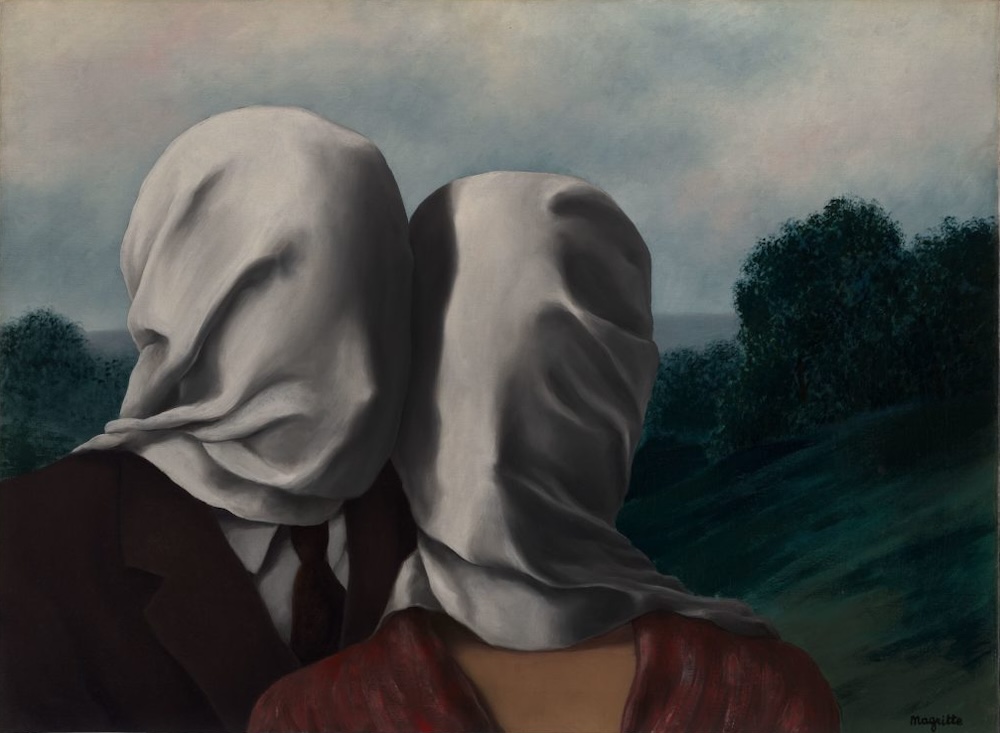
René Magritte painted this thought-provoking piece as an exploration of how love, identity, and desire exist beyond what is visible. Two lovers kissing through veils speaks directly to the idea of dreams as portals.
Where intimacy, identity, and desire exist beyond logic or visibility. The shrouded figures hint at the mythic concept of love as a mystery and memory as something both revealing and concealing. Like a dream, it leaves us with more questions than answers, suggesting that truth often hides beneath the surface.
Magritte’s The Lovers becomes a portal into dreams precisely because it removes clarity while amplifying feeling. In waking life, a kiss is an act of intimacy and recognition, the lovers are veiled, denied the very connection their gesture suggests. This paradox mirrors the logic of dreams, where actions carry emotional weight but often lack context or explanation.
The obscured faces also act as a metaphor for how memory and desire operate in the subconscious: we feel their power even when we can’t fully “see” or understand them. In this way, the painting depicts a moment that invites the viewer into a liminal space, where love is both present and hidden, identity both known and unknowable. Like a dream, it speaks through symbols rather than language, leading us beyond literal reality into the deeper landscape of the psyche.
“The False Mirror” by René Magritte (1929)
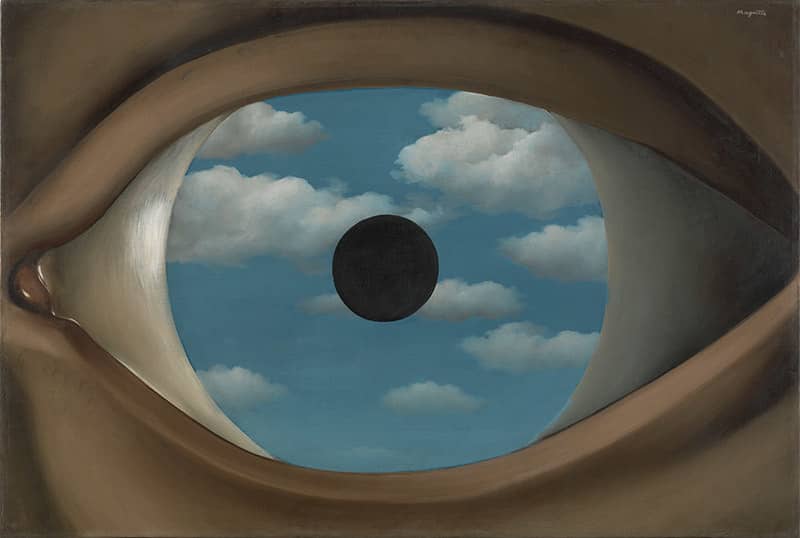
René Magritte’s The False Mirror reimagines myth and memory by transforming the ordinary human eye, a universal symbol of perception and knowledge, into a surreal, disembodied landscape.
In myth, the eye often represents divine vision or prophetic insight (think of Odin’s single eye, or the Eye of Horus in Egyptian mythology).
Magritte abstracts this symbol, detaching it from the body and placing a sky within the iris, suggesting that memory and perception are not fixed, they are expansive, fluid, and shaped by imagination.
Memory, like the surreal sky in the eye, is selective and interpretive: it filters reality, merging inner and outer worlds. The painting invites viewers to question what is “real” versus what is remembered or imagined, turning a familiar organ into a metaphorical vessel where mythic ideas of sight, knowledge, and consciousness intertwine with the personal and collective memory.
In essence, Magritte takes a classical symbol of insight and reconfigures it into a modern meditation on how humans perceive, remember, and mythologise their experiences.
Historical and Cultural Context of 1929
Science and Philosophy: The late 1920s were a period of scientific breakthroughs and philosophical exploration. Quantum mechanics and Einstein’s theories of relativity were reshaping ideas about reality and perception—concepts that paralleled the surrealists’ questioning of appearances and truth.
Parisian Life: Paris in the 1920s, often called the Années folles (the “Crazy Years”), was a hub for expatriate writers, artists, and intellectuals, including the Lost Generation. Cafés, salons, and galleries were buzzing with experimentation and debate.
Buy on Amazon
“The most valuable & complete explanation of Jungian dream-work.”



